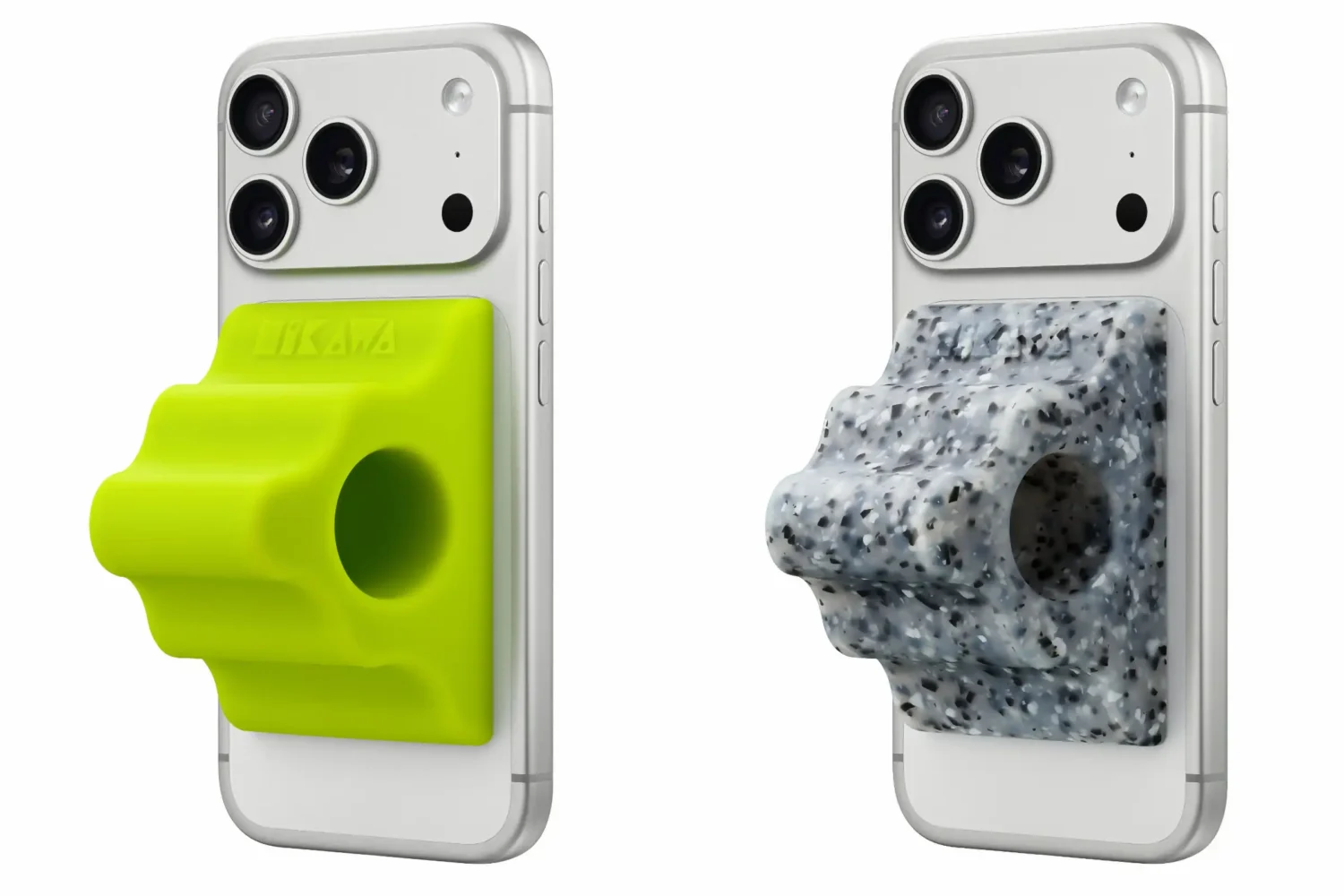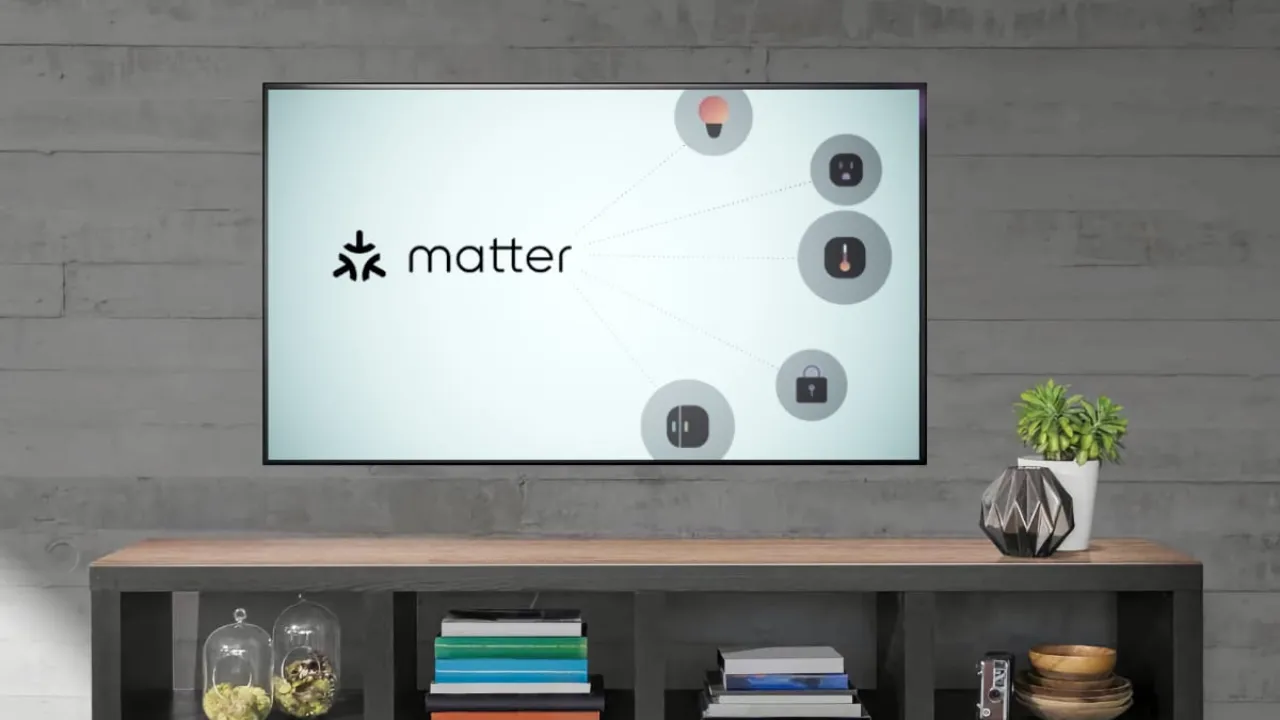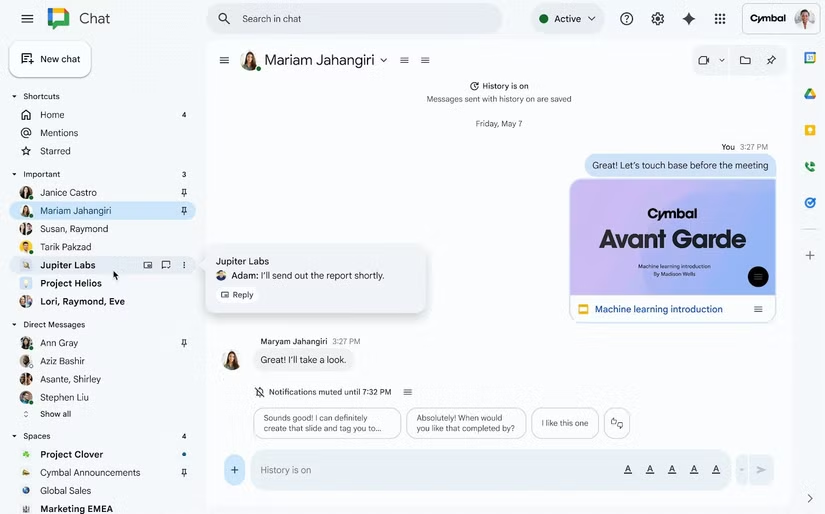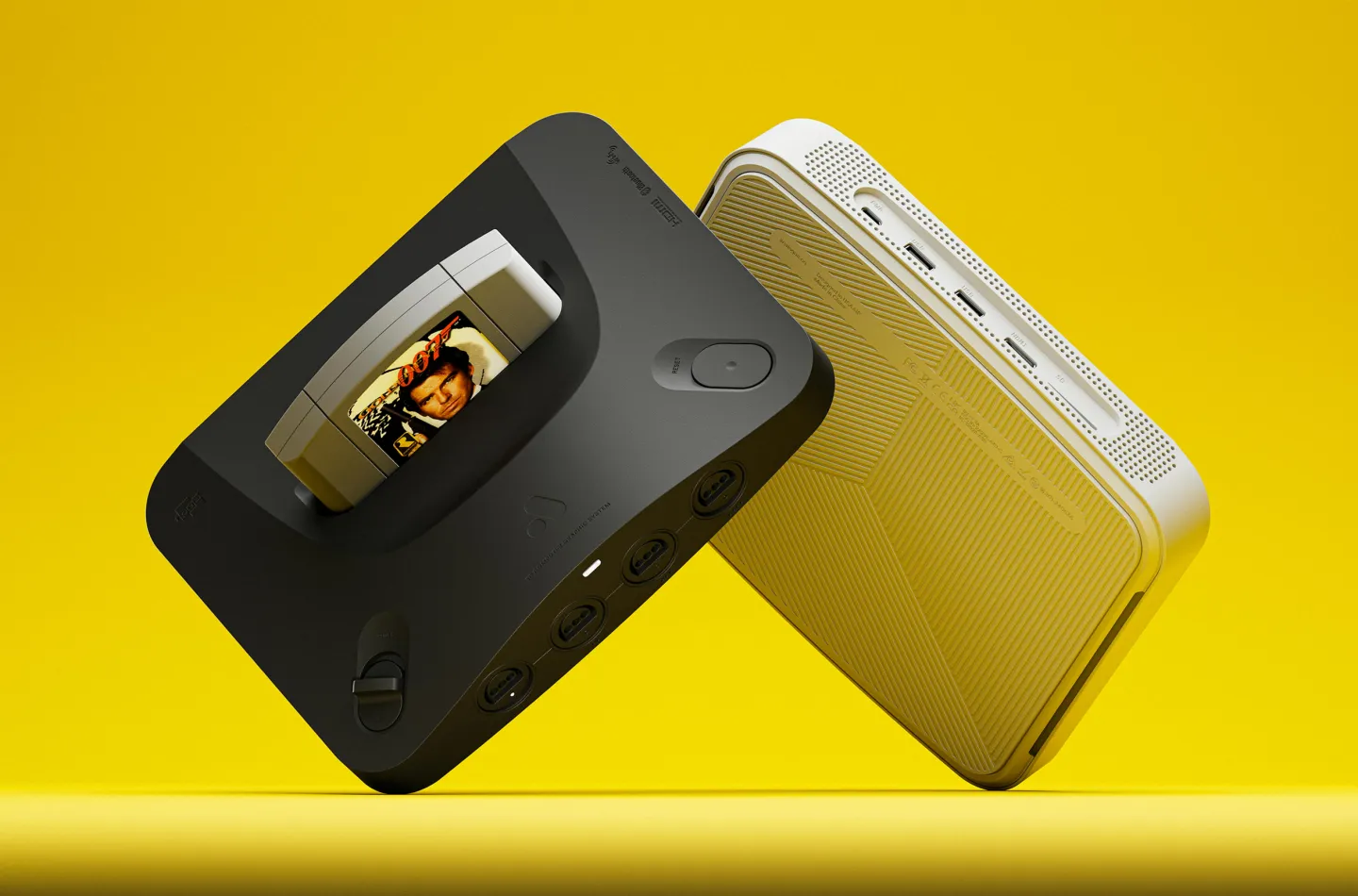Apple is marking the 40th anniversary of its accessibility efforts with a limited-edition iPhone accessory, the Hikawa Phone Grip & Stand. The MagSafe-compatible grip, priced at $70 and currently available only through the U.S. online Apple Store, is the latest in a series of short-run products the company has released around the milestone. While the accessory serves as a commemorative item, its design roots come from practical considerations rather than celebratory flair.
Designer Bailey Hikawa developed the grip after conversations with iPhone users who have a range of disabilities, aiming to create a product that accommodates different ways of holding and supporting a phone. The resulting design can be used as either a grip or a stand, providing flexibility that goes beyond decorative or novelty accessories. The grip is made of soft-touch silicone and comes in two finishes: a bright chartreuse green and a marbled gray called Crater. Hikawa, whose past work includes sculptural phone cases and more unconventional household objects, approaches tech accessories from an artistic perspective, though this item leans more toward usability than experimentation.

Apple’s Sarah Herrlinger noted in an interview that the grip is one of many accessories on the market designed to address specific needs for certain users, emphasizing that the item exists within a broader ecosystem of adaptive tools rather than standing as a singular solution. That framing aligns with the company’s long-running push to position accessibility features and products as central parts of its platform rather than optional add-ons.
Like last week’s limited-edition iPhone Pocket, the Hikawa grip is labeled as a finite release, suggesting constrained production. The rapid sellout of the Pocket signals that these anniversary accessories tend to move quickly, whether due to genuine utility, collectability, or a mix of both. While some buyers may treat the grip as a rare commemorative object, others may find practical value in a more stable or adaptable way to hold their devices. Either way, the accessory underscores how design tailored to accessibility needs can intersect with user interest in limited-run hardware.






